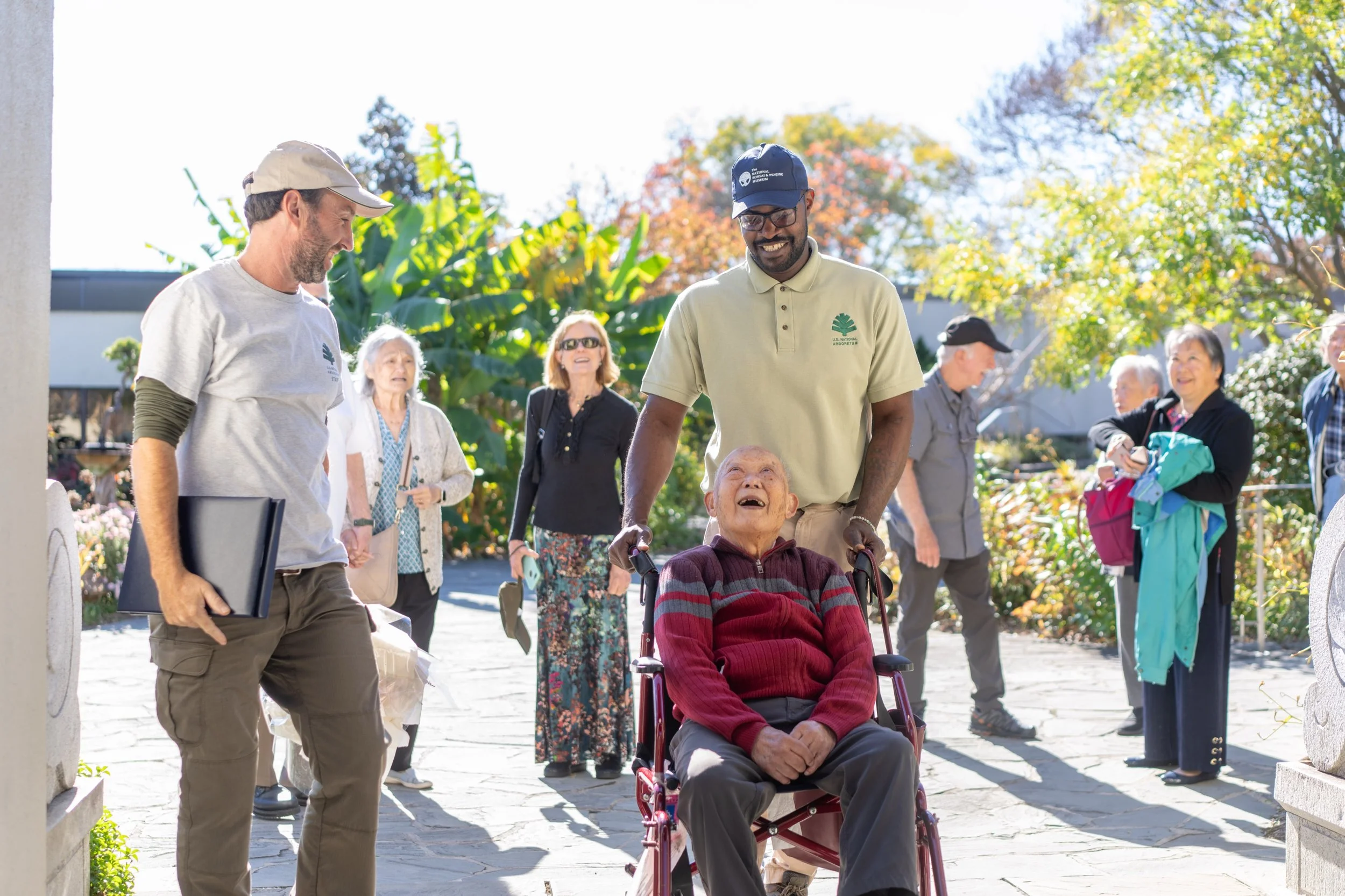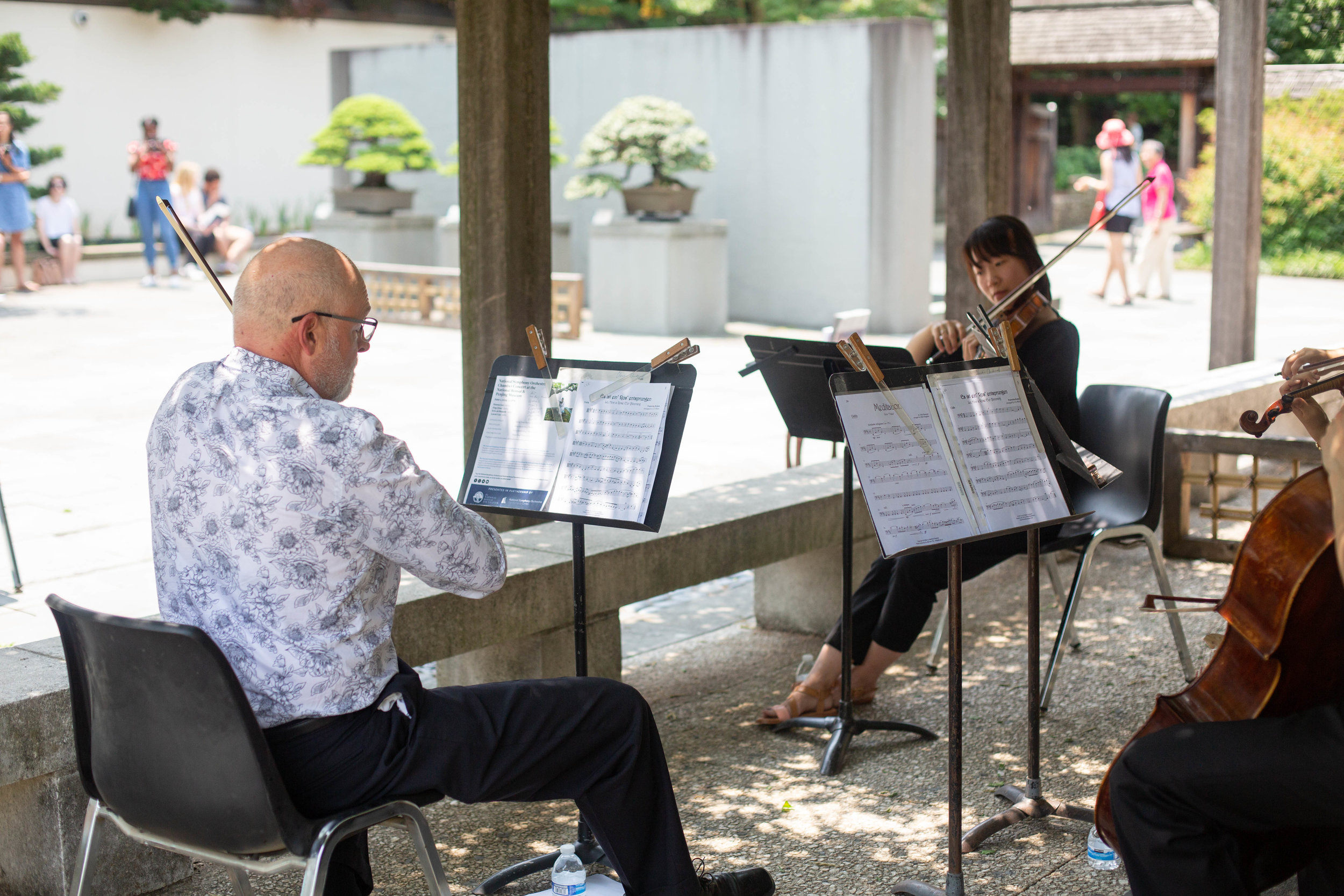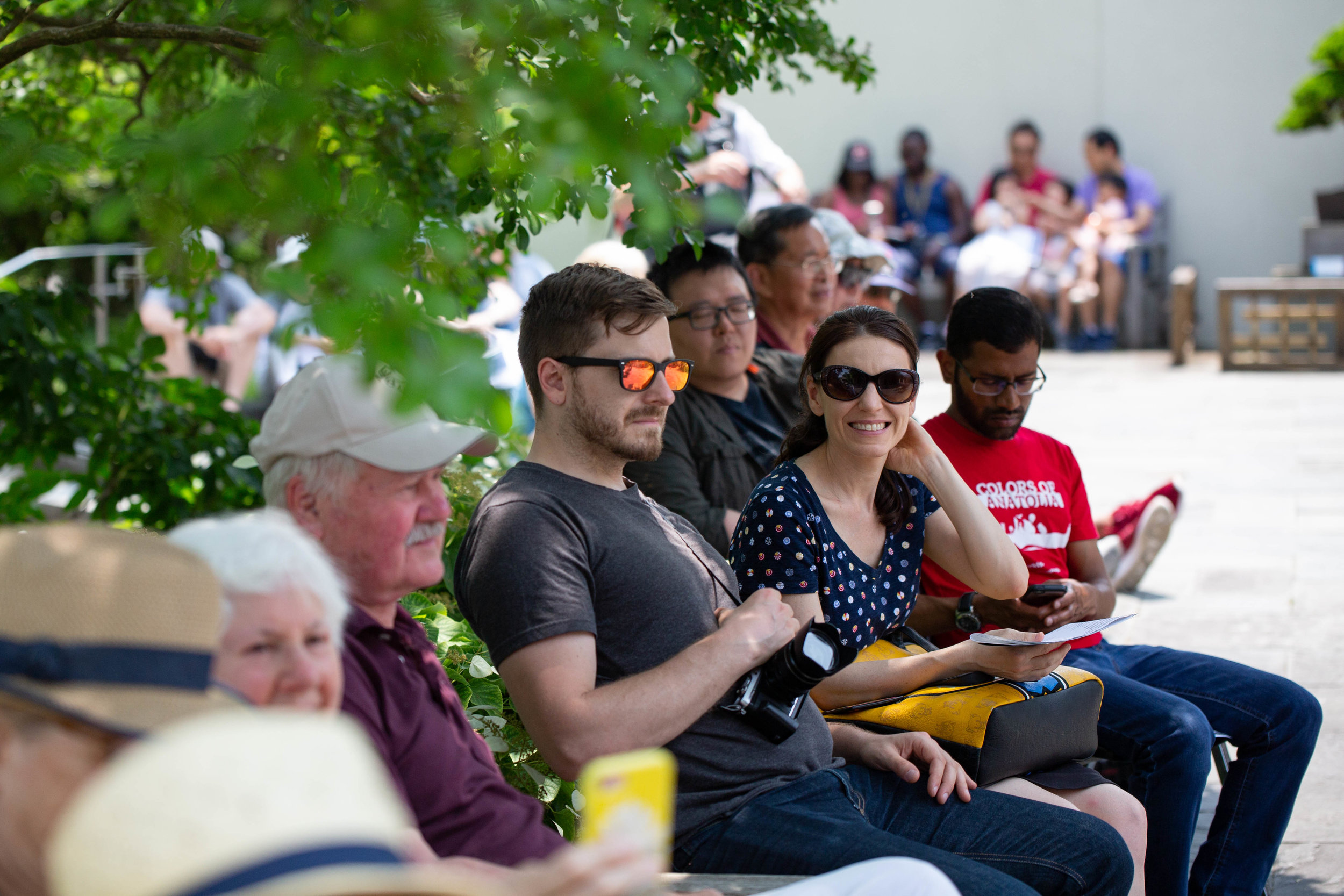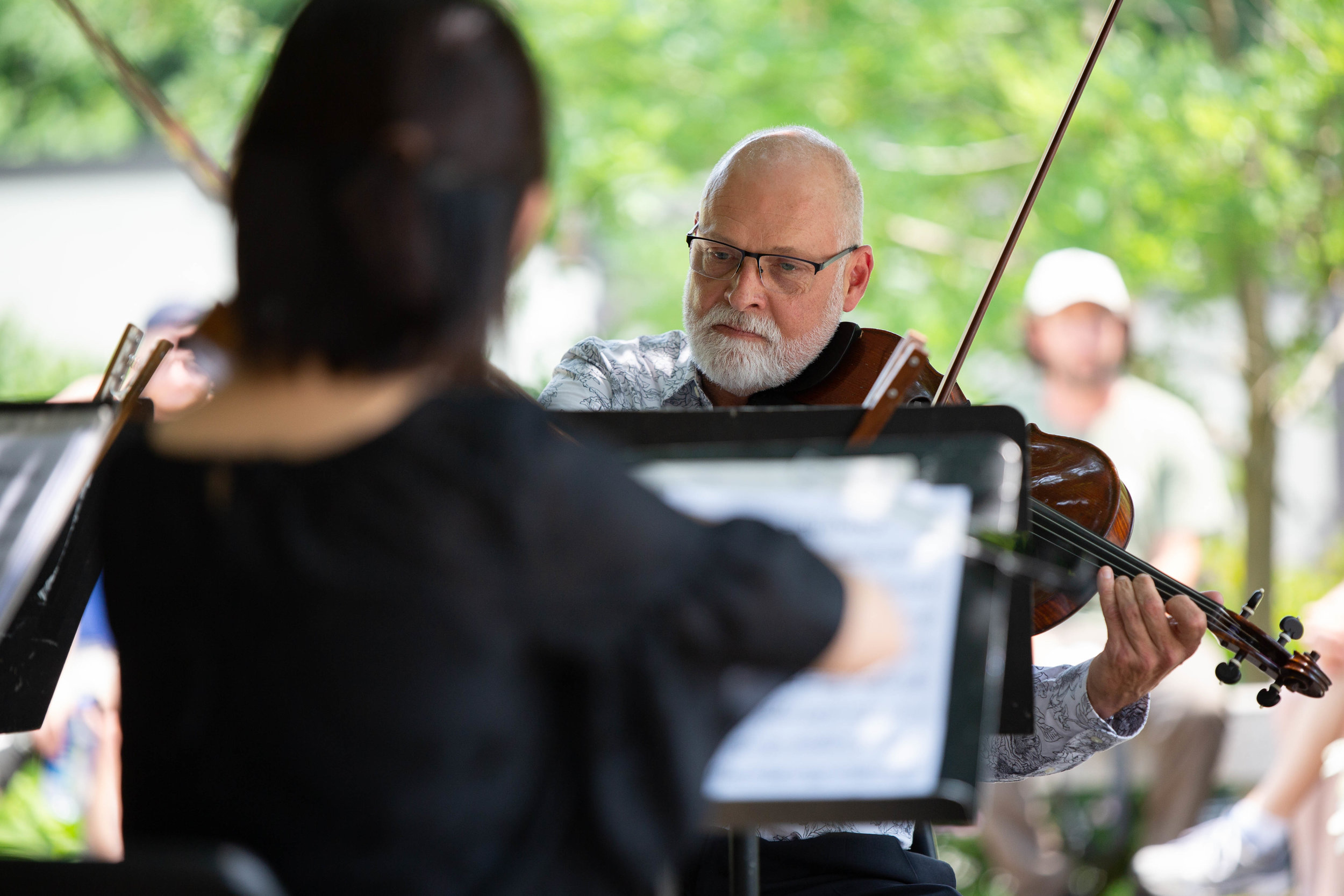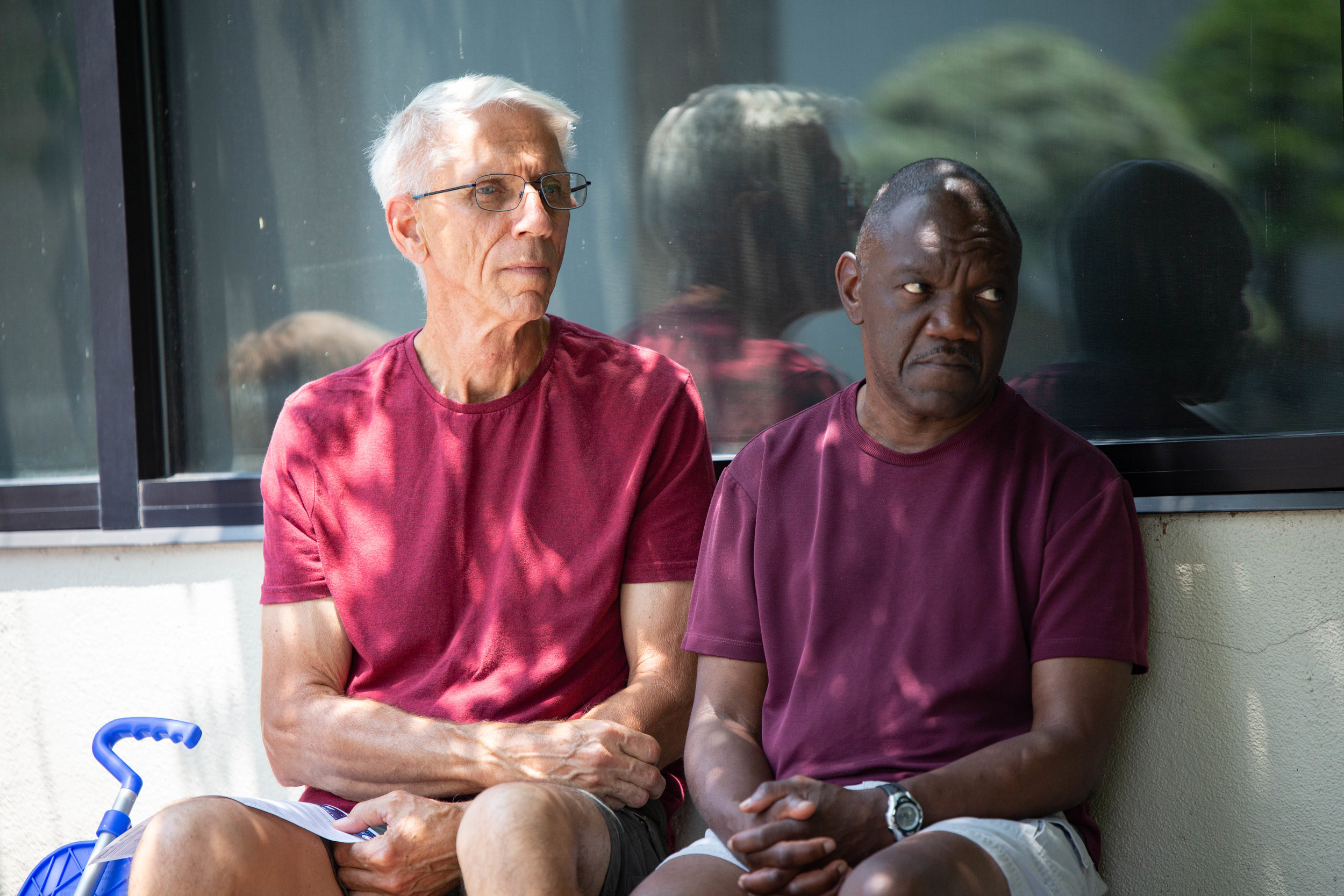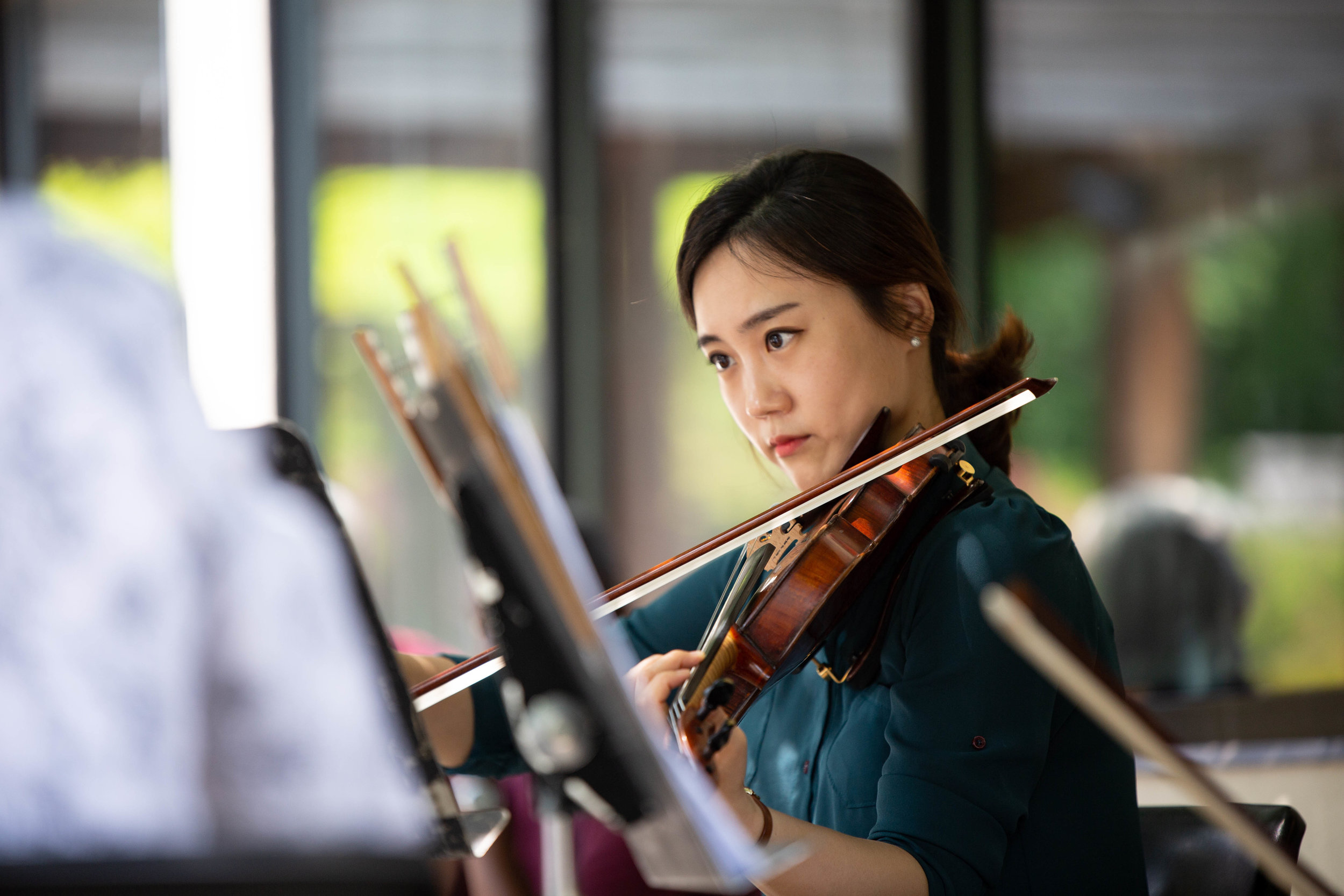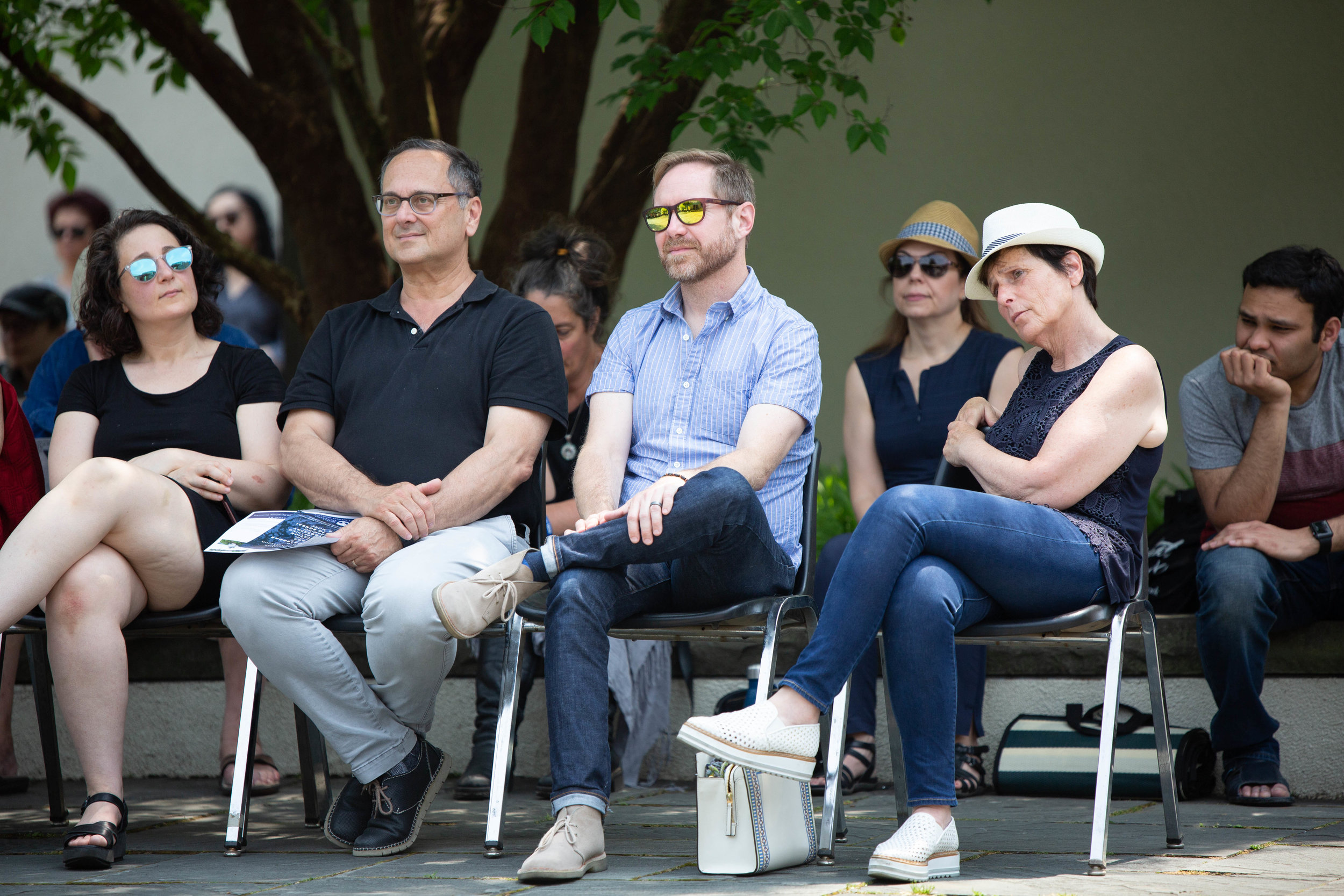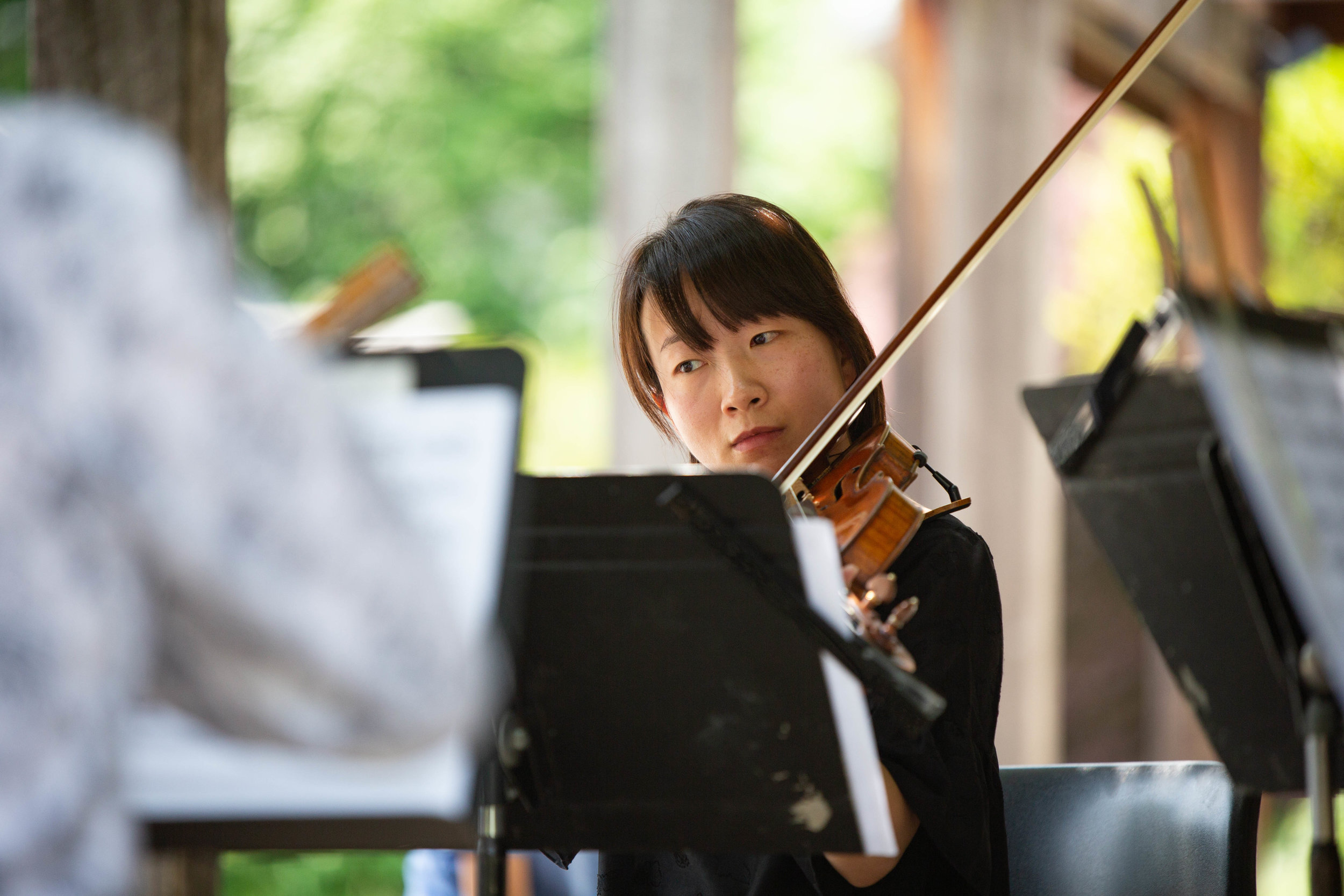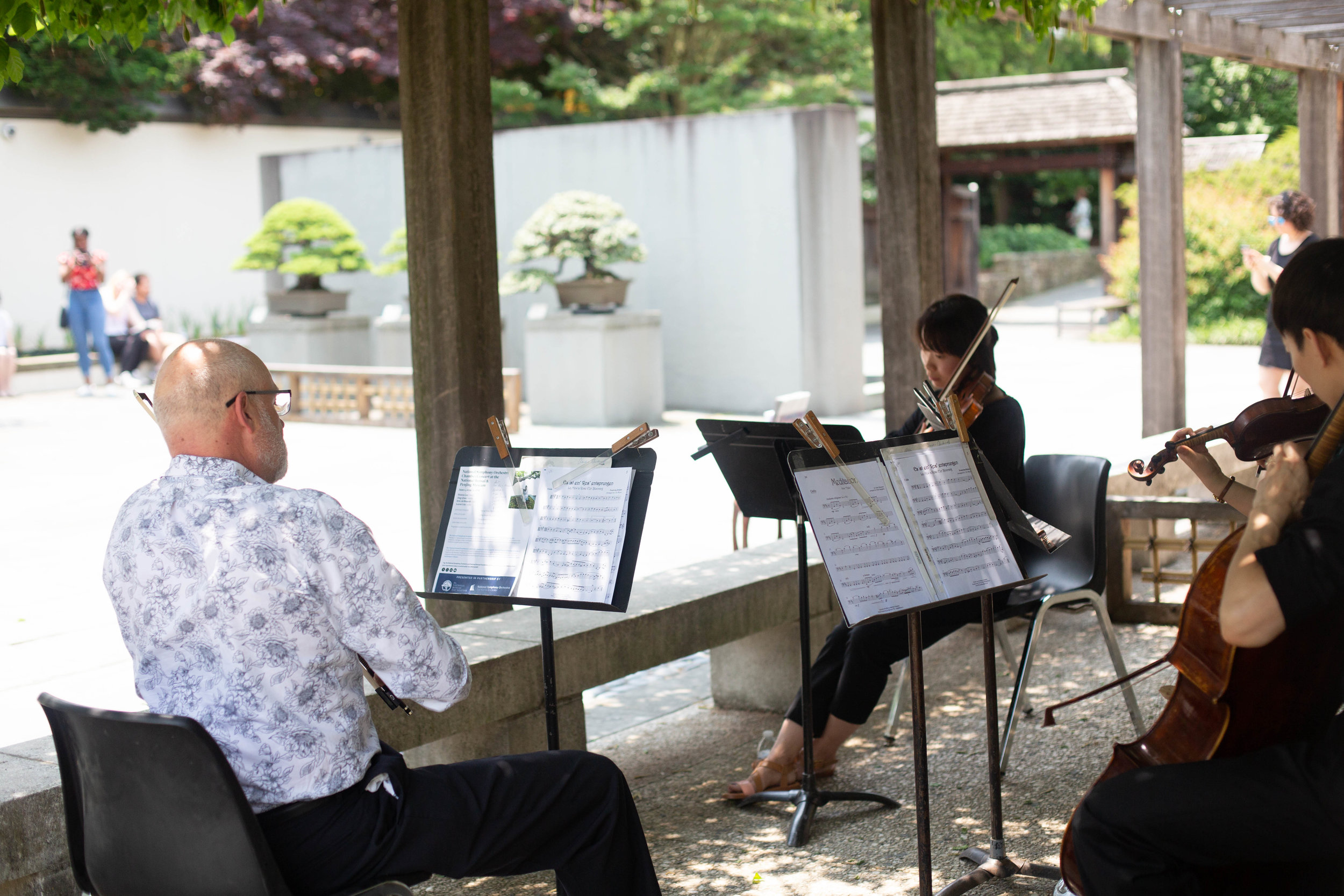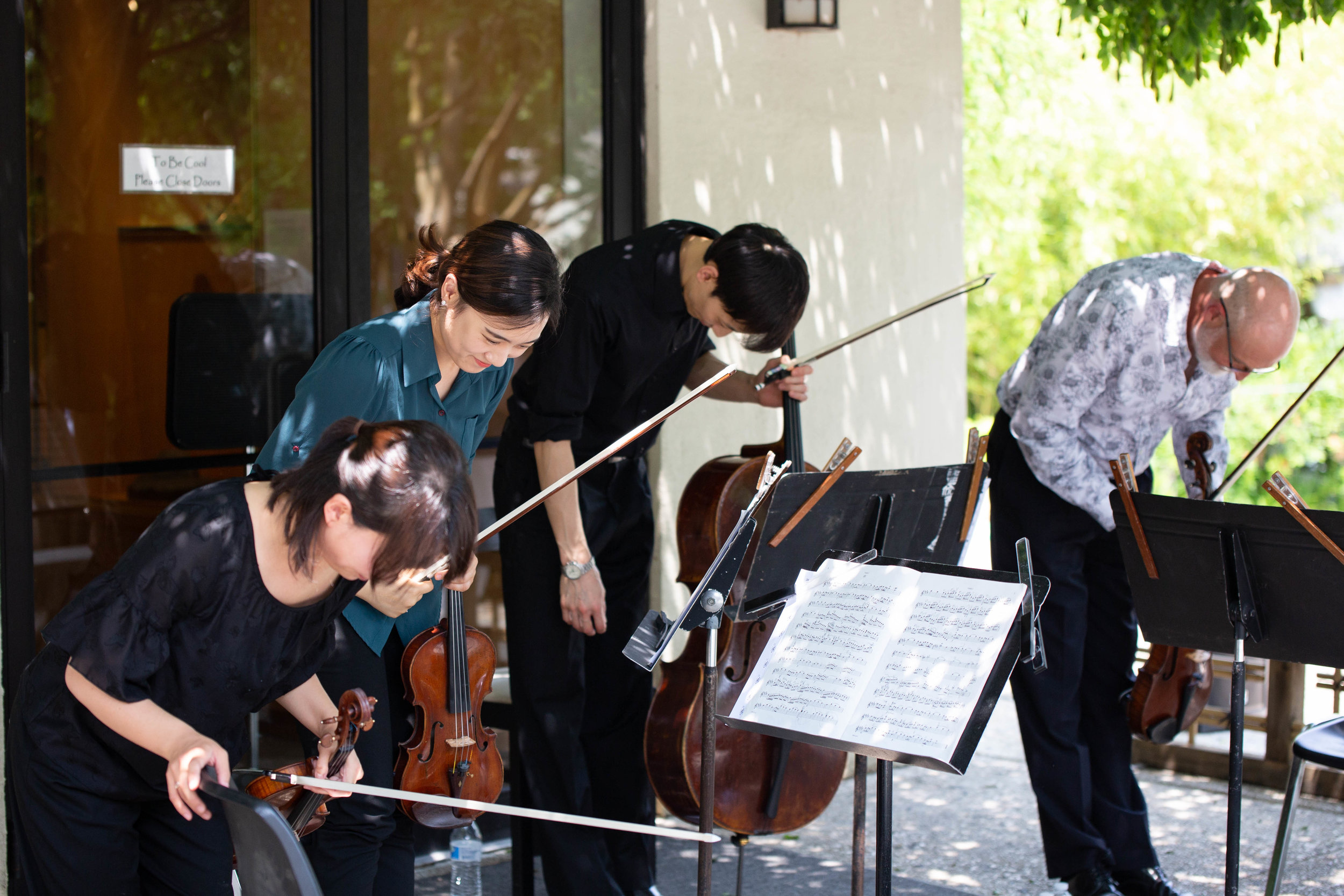Michael Hagedorn, a potter turned bonsai artist, will hold demonstrations at the Museum on World Bonsai Day, May 11th, 2019.
Hagedorn hails from Oregon, where he works on bonsai, teaches about his craft and keeps a bonsai blog. He said his interest in bonsai remained on the back burner for many years while he explored other disciplines, like drawing, ceramics and sculpture, that prepared him for a future in bonsai.
When he graduated from The New York State College of Ceramics, Alfred University with a Master of Fine Arts, Hagedorn wanted to craft something – so he made bonsai containers for ten years. Hagedorn had taken care of bonsai since he was 15, but only late in his potter years did the trees start to become more compelling than the vessels they lived in.
“A full day could go by in the ceramics studio, and I was thinking about trees the whole time. I wasn’t concentrating on the pots,” he said. “There are only so many years that you can do that and know you need a change.”
A Background In Bonsai
Hagedorn said he jump-started his bonsai career under the tutelage of Boon Manakitivipart, an internationally recognized bonsai master.
“He was strict and I was a challenging student, willful and opinionated, but he survived me and also prepared me well for study in Japan,” Hagedorn said.
Another one of Hagedorn’s mentors was Japanese bonsai master Shinji Suzuki, the owner of the Taikan Bonsai Museum in Japan and an artist who Hagedorn said created “bonsai of haunting beauty.”
Hagedorn said his three-year apprenticeship at Suzuki’s large nursery was filled with challenging work from the beginning: he wired trees, watered half of Suzuki’s bonsai collection, welcomed clients, prepared the nursery for typhoons in the summer and shoveled snow in the winter.
His book, “Post-Dated: The Schooling of an Irreverent Bonsai Monk,” details his journey through the bonsai world, which was filled with obstacles, learning moments and failures that all led to eventual triumph.
“It’s all in there,” he said. “But what was intended as ironic is the ‘monk’ part. My sempai and I were the opposite of monks – we were survivalists.”
Bonsai As Emblems Of Peace
Suzuki used to tell Hagedorn he should embrace that one of the central themes of bonsai is “peace.” Hagedorn said he watched people connect with bonsai as therapy or use the tree to forge friendships across national boundaries, and understands now why Japan has sought to equate peace and bonsai after two catastrophic world wars.
“In many ways, bonsai both offers peace and is created by it, and perishes in its absence,” he said.
These sentiments are the roots of World Bonsai Day, an internationally celebrated day of appreciation for the ancient art of bonsai as a path to peace.
Hagedorn said he used to sell pots at the National Bonsai & Penjing Museum as a potter long ago, and he is looking forward to visiting the Museum again for his demonstration for World Bonsai Day next month.
Hagedorn added that he has enjoyed studying the Museum’s vast array of bonsai, as its collection is one of the most significant in the United States.
“The entire idea of a museum for small trees is a truly important thing for Westerners,” he said. “There’s an otherworldly quality about bonsai that can be riveting to people.”
Advice To Bonsai Hobbyists
Hagedorn said those looking to delve into the world of bonsai can use books for inspiration, clarification and memorization. But they should also branch out – no pun intended – and take advantage of the hundreds of easily-accessible blogs and videos that comment on recent and specific bonsai techniques.
A hobbyist’s next step is to find a trustworthy teacher who can guide them through their bonsai journey with examples, contrasts and comparisons, as the art is complex and transcends any rulebook one might try to follow.
“Being a student is a brave act, for one will fail if you’re being at all serious about it,” he said. “Being a physical art, one needs the full quiver of experience, which is only offered in person.”
Hagedorn suggests the budding enthusiast be wary of the amount of plants they own when developing their hobby. For example, caring for five plants tends to draw too much attention to each one, but keeping too many trees will ensure that they will each remain “mediocre.” The ideal number for most hobbyists falls in the range of 20 to 30 trained bonsai, he said.
He added that hobbyists shouldn’t let maintaining bonsai become a burden – keep it fun.
“Bonsai should be a release from the pressures of life, not another cog in that wheel,” Hagedorn said. “Find people to share bonsai with that you enjoy and respect, and that will bring the same energy to the bonsai you work on.”

